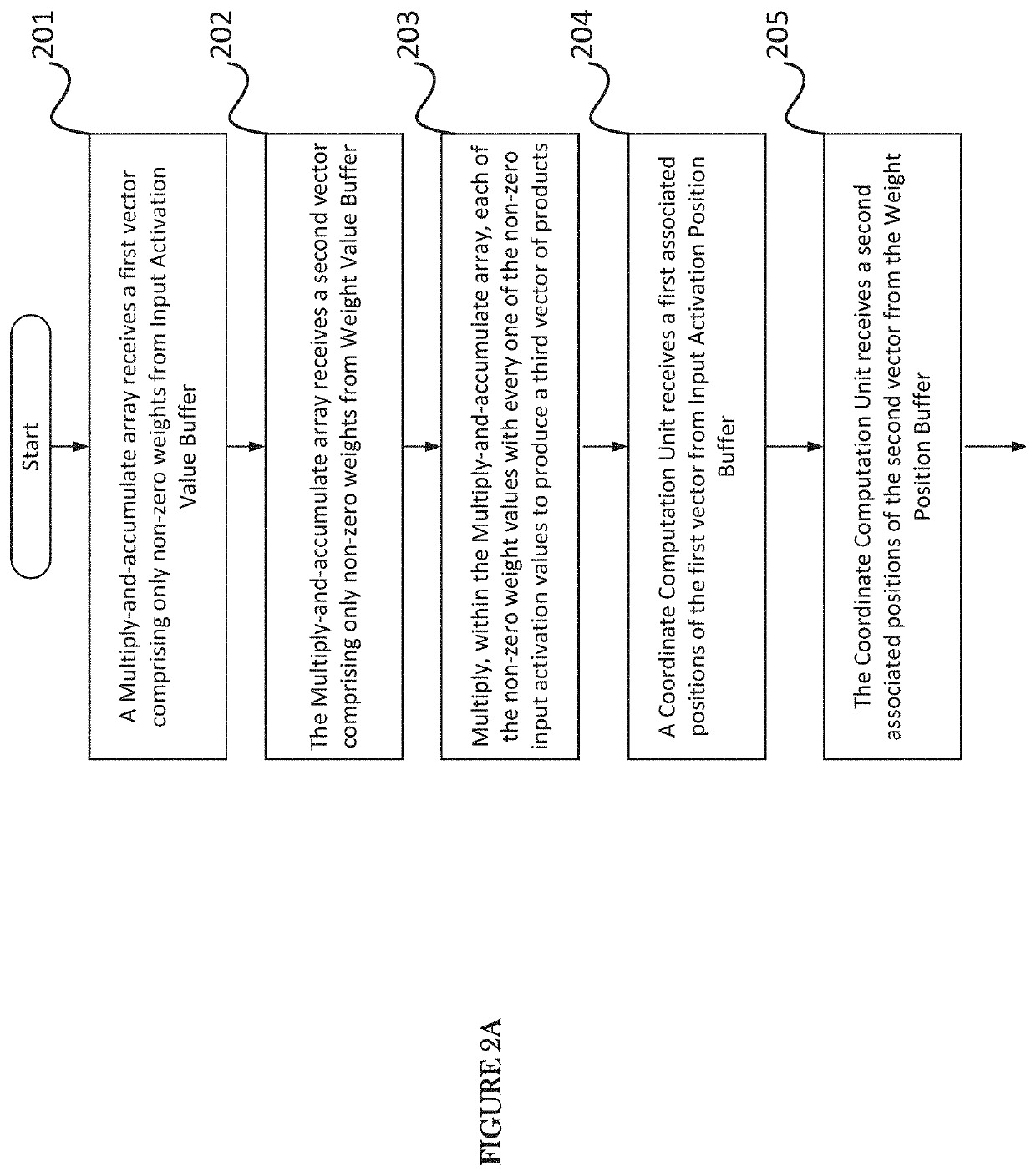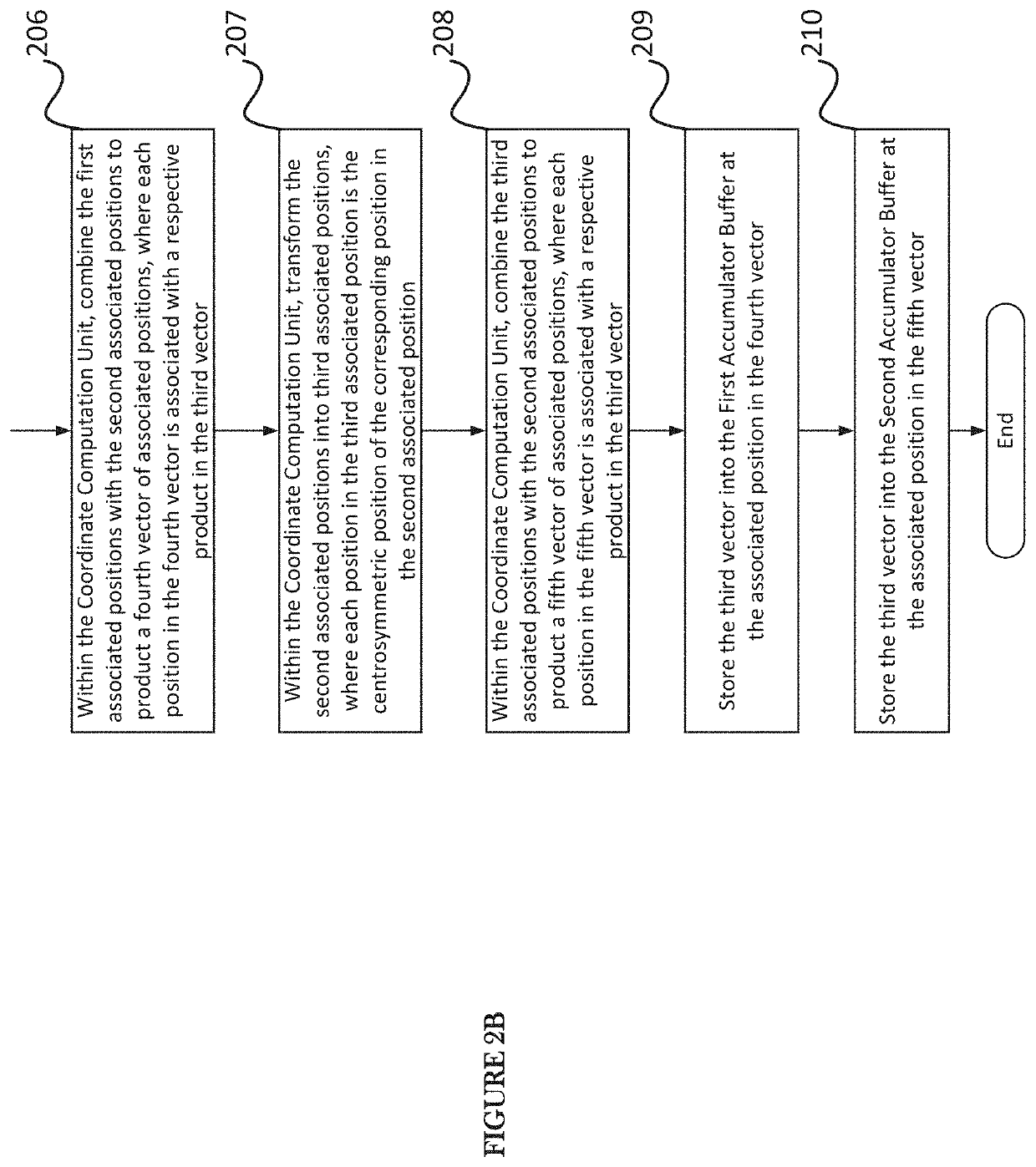Systems and methods for compression and acceleration of convolutional neural networks
a neural network and compression technology, applied in the field of convolutional neural network (cnn), can solve the problems of preventing accelerators from fully realizing their potential in terms of performance and energy improvement, data and computation reduction does not necessarily translate into performance improvement for existing accelerators, and remains a significant challenge in efficiently processing large-scale cnns, etc., to achieve effective utilization of computational reuse, improve performance and energy efficiency, and mitigate the effect of computational irregularities
- Summary
- Abstract
- Description
- Claims
- Application Information
AI Technical Summary
Benefits of technology
Problems solved by technology
Method used
Image
Examples
Embodiment Construction
[0034]In describing a preferred embodiment of the invention illustrated in the drawings, specific terminology will be resorted to for the sake of clarity. However, the invention is not intended to be limited to the specific terms so selected, and it is to be understood that each specific term includes all technical equivalents that operate in a similar manner to accomplish a similar purpose. Several preferred embodiments of the invention are described for illustrative purposes, it being understood that the invention may be embodied in other forms not specifically shown in the drawings.
[0035]On the hardware side, we propose a CSCNN accelerator, which exploits structured multiplication reuse and eliminates computations from both zero activations and weights to boost performance and energy efficiency. The multiplication reuse is efficiently exploited by augmenting the Processing Element (PE) in SCNN accelerator with low hardware overhead. The CSCNN PE contains a multiplier array that a...
PUM
 Login to View More
Login to View More Abstract
Description
Claims
Application Information
 Login to View More
Login to View More - R&D
- Intellectual Property
- Life Sciences
- Materials
- Tech Scout
- Unparalleled Data Quality
- Higher Quality Content
- 60% Fewer Hallucinations
Browse by: Latest US Patents, China's latest patents, Technical Efficacy Thesaurus, Application Domain, Technology Topic, Popular Technical Reports.
© 2025 PatSnap. All rights reserved.Legal|Privacy policy|Modern Slavery Act Transparency Statement|Sitemap|About US| Contact US: help@patsnap.com



